Sigiriya is an ancient rock fortress located in northern Sri Lanka. This megalithic rock was formed by a hard magma plate left behind by an extinct volcano. The local people consider it as the “eighth wonder of the world.”
Sigiriya is visibly breath-taking and can be spotted from miles away, rising majestically between the surrounding landscape. It’s immersed in a thick jungle with both Stupa and numerous statues of Buddha, creating one of the most evocative and fascinating landscapes of Sri Lanka. Furthermore, the top of the rock offers fantastic 360-degree views of the beautiful surrounding area.
Sigiriya is the most-visited historic site in Sri Lanka and is one of only 7 UNESCO World Heritage Sites in the country. Read on for 10 interesting facts about Sigiriya!
1. The citadel on top of Sigiriya was built by King Kasyapa who ruled from 477 to 495 CE
The King chose Sigiriya as his residence because it provided adequate protection from attack. Kasyapa’s brother, Moggallana, was the rightful heir to the throne. Therefore, the King was aware of potential conflict arising. From the top of Sigiriya he had unobstructed views of the surrounding area. Clearly, this allowed any invasion or impending danger from afar to be easily seen coming in advance.
2. The rock is 200 metres high and it takes 1,200 steps to reach the top
This is the only way to access the wonders of Sigiriya!
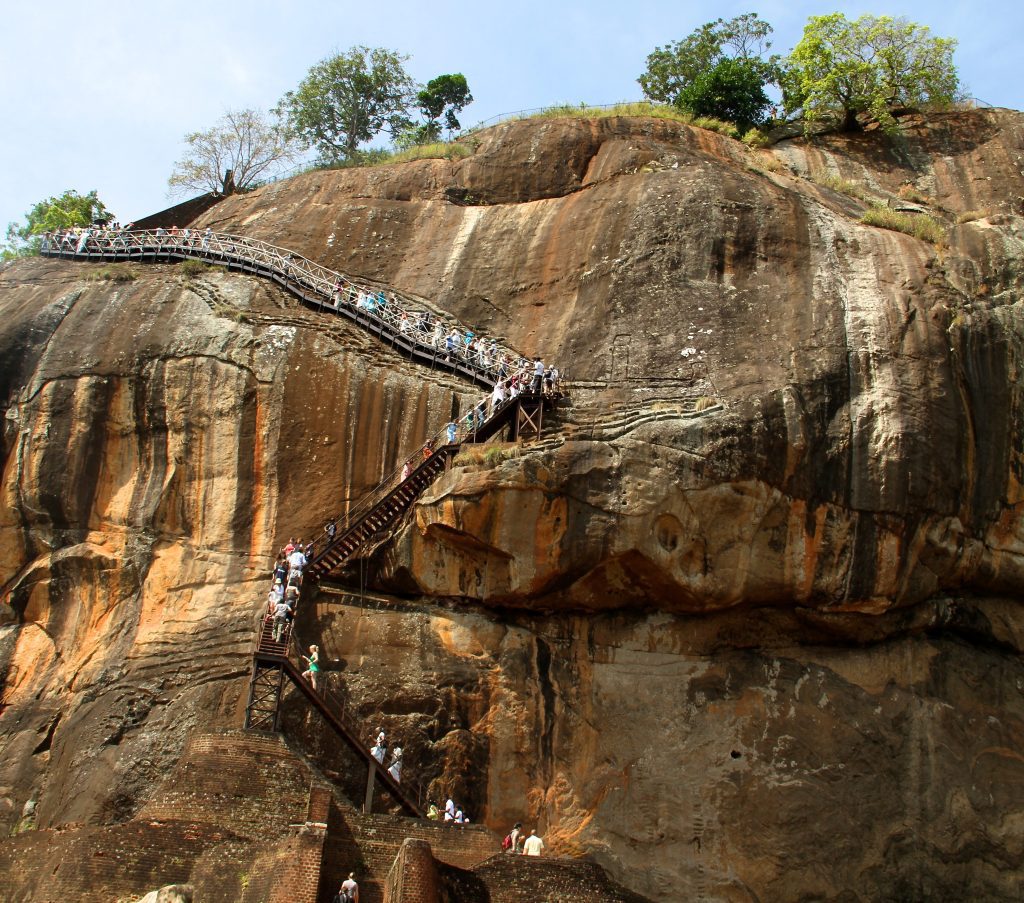
3. King Kasyapa’s life and rule was full of controversy
The King was born to his father’s non-royal mistress. Therefore, Kasyapa had no right to the throne. Consequently, he rebelled against his father King Dhatusena who was imprisoned and eventually killed. The body was then entombed within a wall and Kasyapa took the throne, despite his brother being the rightful heir.
4. It is thought that the rock was previously a Buddhist monastery
Following King Kasyapa’s death, it was once again used as a monastery until it was abandoned in the 14th century.
5. The entrance to Sigiriya is through a gateway in the form of a huge lion
The King built a gateway on a plateau located halfway up the rock. A staircase emerges from a lion’s mouth and is guarded on either side by a pair of monumental lion’s paws. For this reason, Sigiriya has gained the nickname of Lion Rock. The lion carved into the rock served to both welcome visitors and warn enemies.
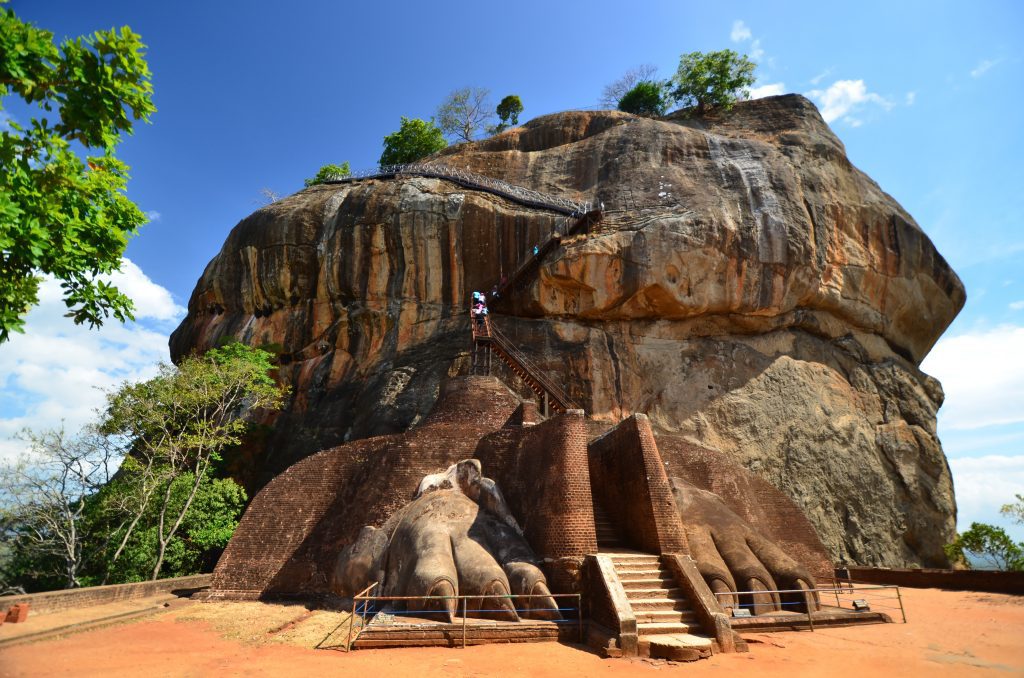
6. The site of Sigiriya became a UNESCO World Heritage Site in 1982
Today, it is considered to be one of the best-preserved examples of ancient urban planning.
7. The King created a ‘mirror wall’ which is now inscribed by visitor graffiti
The highly polished wall was originally designed so that the King could see his reflection when walking by. Since then, the ‘mirror wall’ became a graffiti board, covered in verses scribbled by Sigriya’s many visitors.
Known as “Sigiri Graffiti,” some of the messages date to the 8th century CE. The graffiti is of great interest to historians because it shows them the development of the Sinhala language and script. However, the tradition of visitors adding their messages to the wall has forced officials to “close” it to new inscriptions. Also, the wall is being treated to an on-going protective restoration to preserve the existing ancient graffiti.
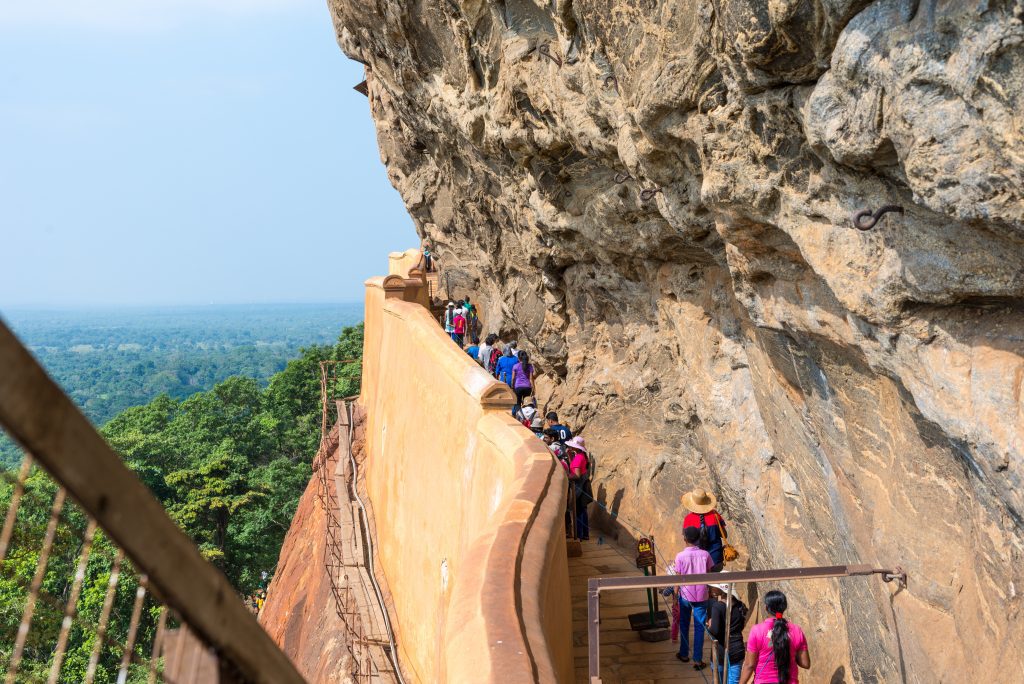
8. The city includes a number of impressive archaeological and architectural features
Sigiriya features a citadel, an upper palace on top of the igneous rock, and lower palaces at ground level. Additionally, the King constructed lavish landscaped gardens throughout and a moat with ramparts surrounded the complex for protection. Today, the upper palace is the oldest surviving palace of Sri Lanka, and the gardens are the oldest surviving in the whole of Asia.
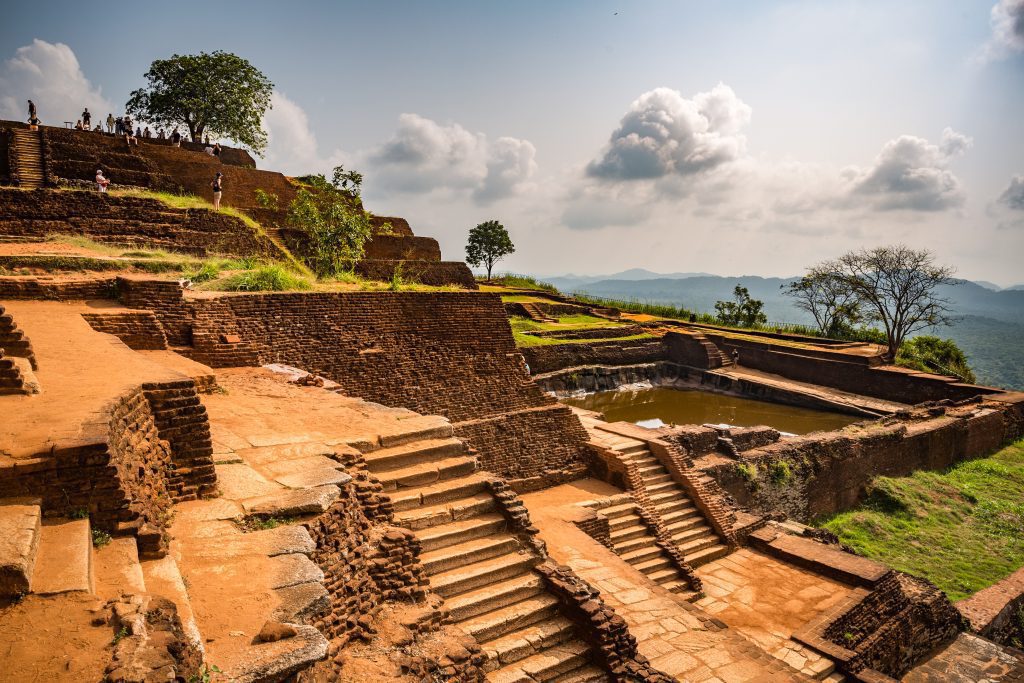
9. The abandoned site of Sigiriya wasn’t found until 1831
British Army Major Jonathan Forbes rediscovered Sigiriya in 1831. He came across the site during a horseback ride. A few decades later, archaeologists spent time on a research operation in the region.
10. Sigiriya has an advanced hydraulic system
This impressive system consists of canals, lakes, dams, bridges, and water pumps which still provide water to the site’s gardens to this day! Evidently, this contributes largely to Sigiriya’s reputation as one of the world’s best-preserved examples of urban planning.
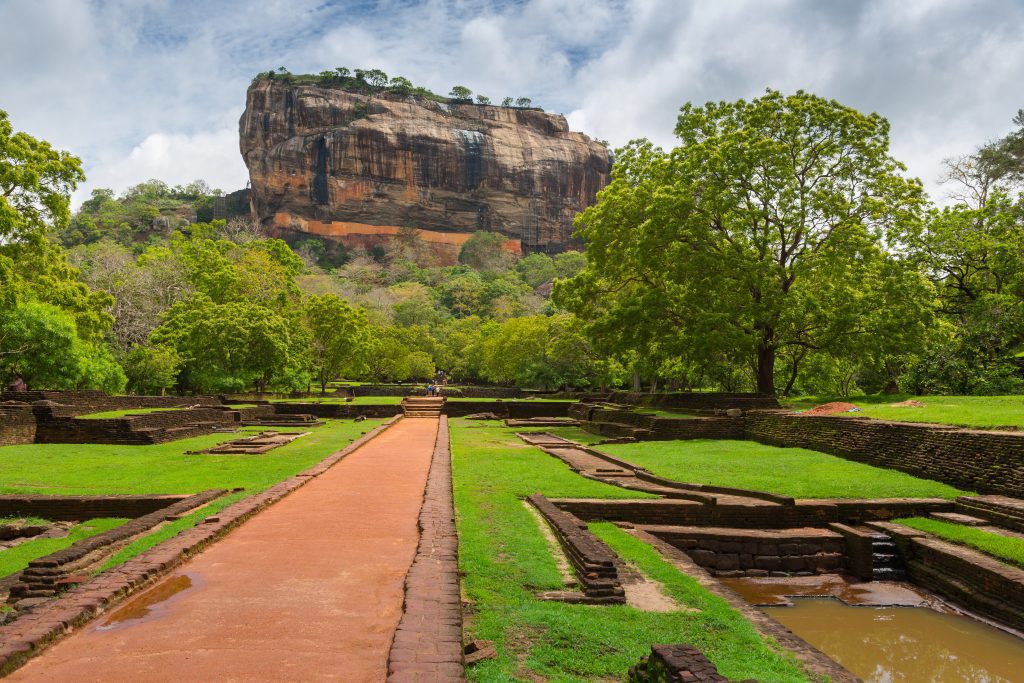
Are you excited by the thought of exploring this abandoned kingdom? Check out our Sri Lanka tours!
 Spring Sale: 2 FOR 1
Spring Sale: 2 FOR 1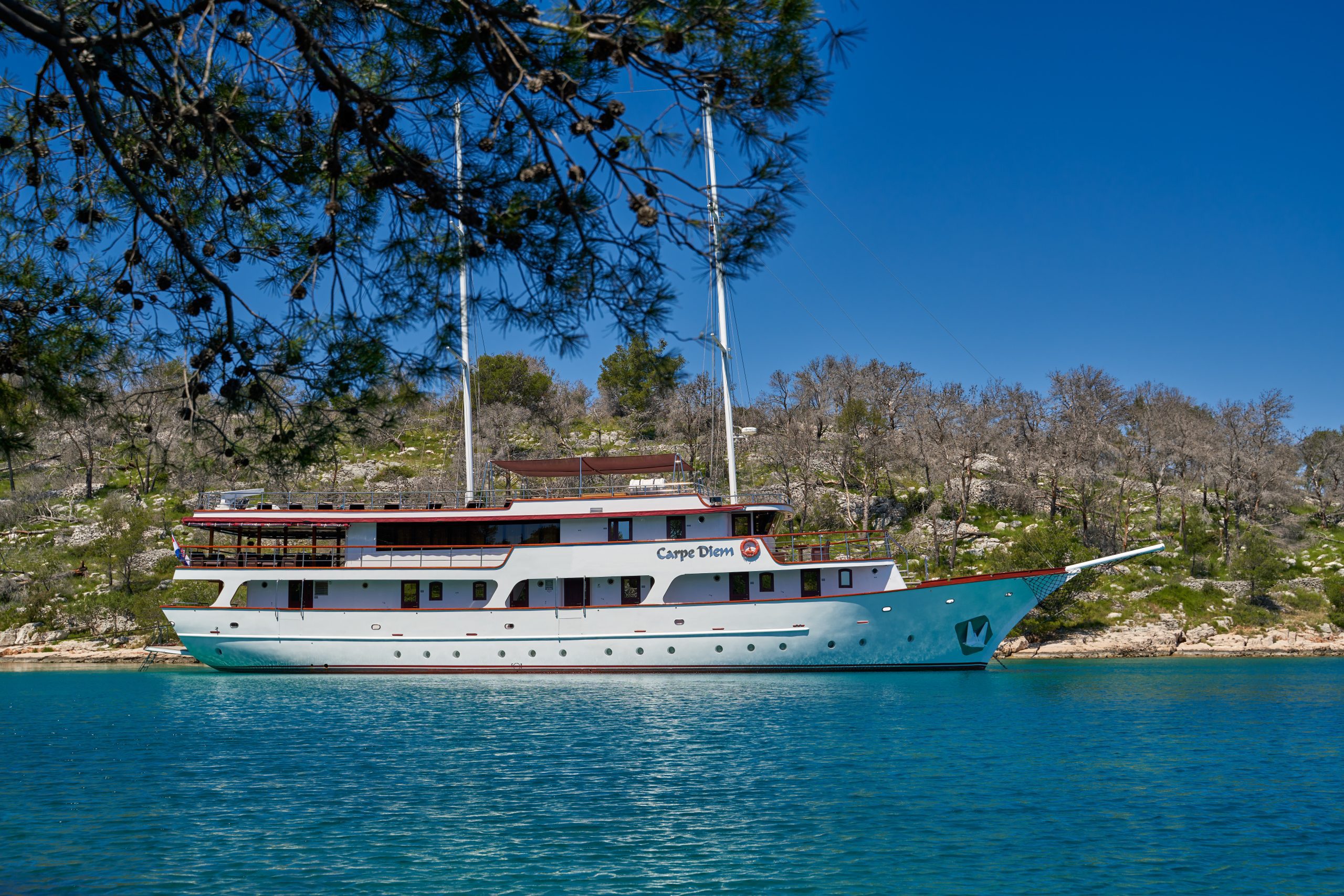 Croatia Sailing 2024: 2 For 1
Croatia Sailing 2024: 2 For 1 Greece Trips : 2 For 1
Greece Trips : 2 For 1 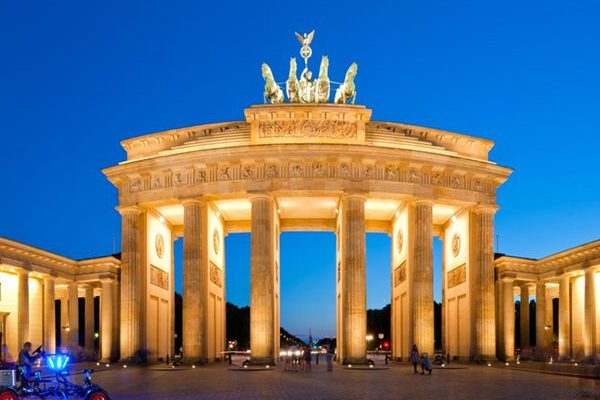 Central & Eastern Europe Tours: 2 For 1
Central & Eastern Europe Tours: 2 For 1  Why Travel Talk
Why Travel Talk Safe Travels with Travel Talk
Safe Travels with Travel Talk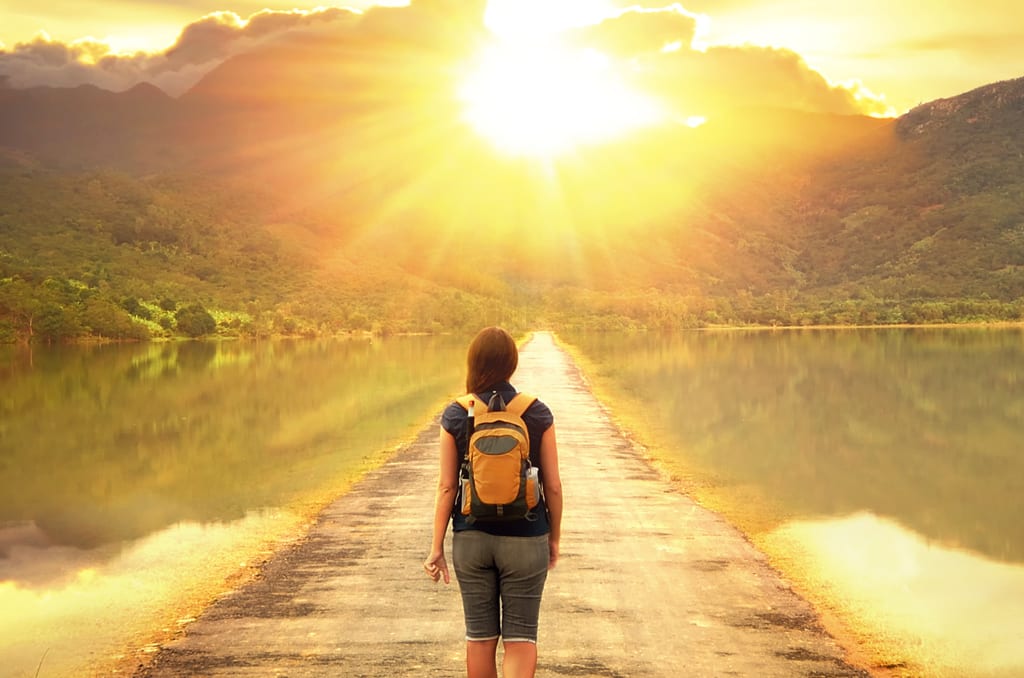 Fair Travels with Travel Talk
Fair Travels with Travel Talk Travel Talk Blog
Travel Talk Blog